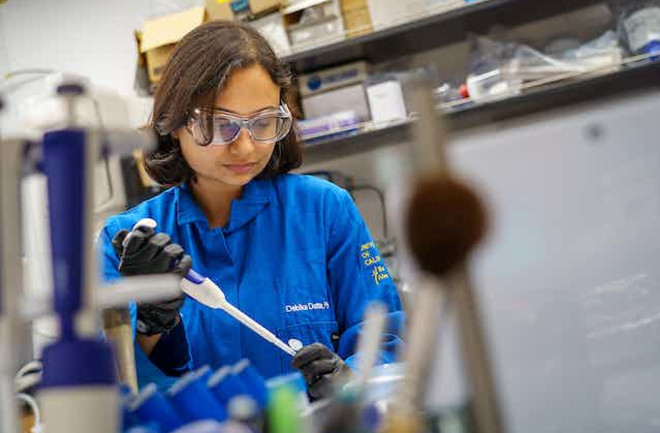Water pollution is a growing concern globally, with research estimating that chemical industries discharge 300-400 megatonnes (600-800 billion pounds) of industrial waste into bodies of water each year.
As a team of materials scientists, we’re working on an engineered “living material” that may be able to transform chemical dye pollutants from the textile industry into harmless substances.
Water pollution is both an environmental and humanitarian issue that can affect ecosystems and human health alike. We’re hopeful that the materials we’re developing could be one tool available to help combat this problem.

